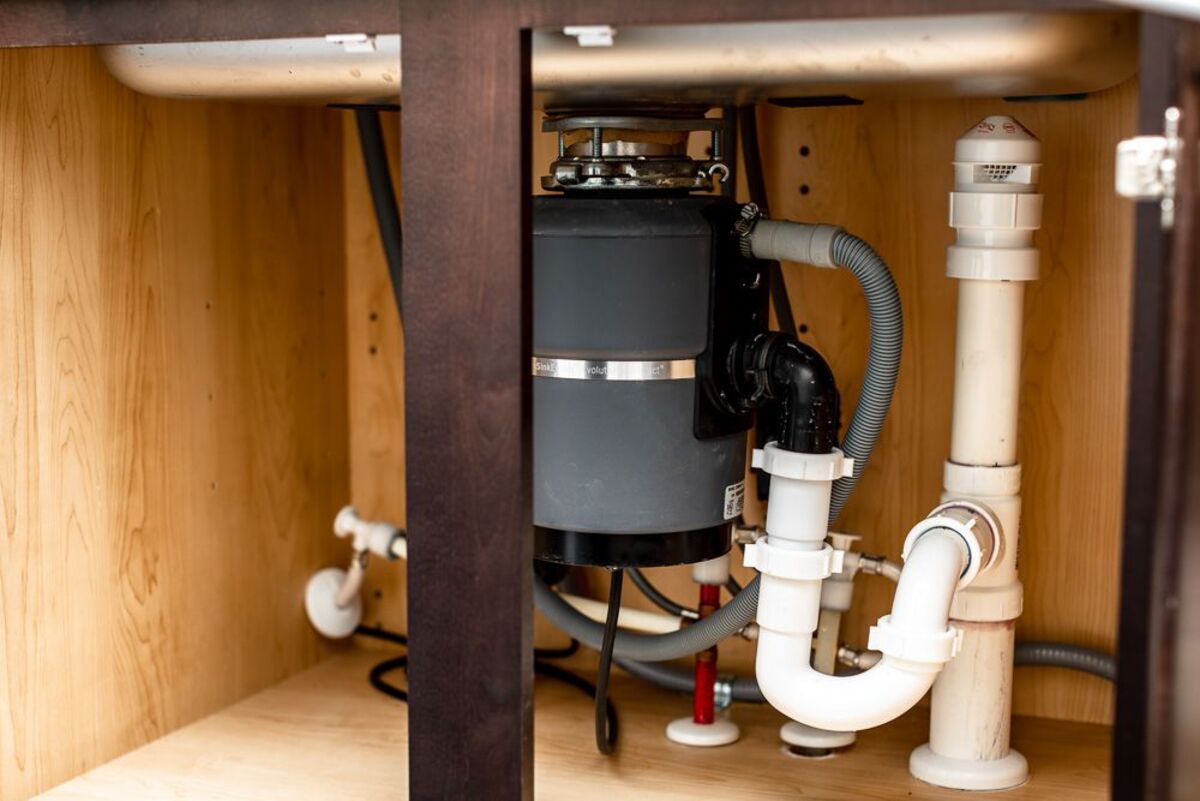

Articles
How To Unclog Garbage Disposal Sink
Modified: December 7, 2023
Learn how to unclog your garbage disposal sink with these helpful articles. Find step-by-step guides and tips to keep your sink running smoothly.
(Many of the links in this article redirect to a specific reviewed product. Your purchase of these products through affiliate links helps to generate commission for Storables.com, at no extra cost. Learn more)
Introduction
Welcome to our comprehensive guide on how to unclog a garbage disposal sink. Dealing with a clogged sink can be a frustrating experience, but with the right knowledge and tools, you can quickly and effectively resolve the issue. In this article, we will explore the common reasons behind garbage disposal sink clogs and provide step-by-step methods to unclog your sink.
A clogged garbage disposal sink can occur due to various reasons such as improper usage, food debris buildup, or even foreign objects accidentally falling into the disposal unit. It is important to understand these common causes to prevent future clogs and maintain the optimal functionality of your garbage disposal.
Before you jump into unclogging your sink, it is essential to take some precautions to ensure your safety and prevent further damage. We will discuss these precautions in detail to help you approach the unclogging process confidently.
Now let’s dive into the different methods you can use to unclog your garbage disposal sink. From plunging to using specialized tools, we will guide you through each step to help you eliminate the clog effectively.
In some cases, the clog may be too stubborn for DIY methods. We will also discuss when it is appropriate to seek professional help and how to choose the right plumber for the job.
Lastly, we will share some helpful tips to prevent future garbage disposal sink clogs. By following these preventive measures, you can minimize the risk of clogs and keep your sink running smoothly.
Whether you are a homeowner or a renter, having a clogged garbage disposal sink is a nuisance that needs immediate attention. By following the techniques and tips outlined in this guide, you will be equipped with the knowledge to tackle any clog and maintain a properly functioning sink.
Key Takeaways:
- Prevent clogs by avoiding improper food disposal, using cold water for grease, and regular cleaning. Educate household members and schedule maintenance to ensure a smoothly functioning garbage disposal sink.
- Prioritize safety and follow proper precautions when unclogging a garbage disposal sink. From plunging to seeking professional help, choose the right method based on the severity of the clog.
Common Reasons for Garbage Disposal Sink Clogs
Garbage disposal sink clogs can occur due to several common reasons. Understanding these causes will help you identify the root of the problem and take appropriate measures to prevent future clogs.
1. Food Debris: One of the primary culprits for a clogged garbage disposal sink is the improper disposal of food debris. Even though garbage disposals are designed to grind up food waste, certain items can cause clogs. Fibrous vegetables like celery or corn husks, starchy foods like pasta or rice, and large bones should not be put down the disposal as they can get tangled or stuck in the blades, resulting in a clog.
2. Grease and Fat Buildup: Pouring grease or fat down the drain may seem convenient, but it can solidify and accumulate in the pipes over time, causing blockages. It is important to dispose of grease properly, such as by pouring it into a disposable container and throwing it in the trash.
3. Lack of Water Flow: Insufficient water flow can contribute to clogs in garbage disposals. The disposal relies on water to flush away food particles during the grinding process. If you are not running enough water while using the disposal or immediately after, it can result in debris buildup and eventually a clog.
4. Foreign Objects: Accidentally dropping foreign objects like utensils, bottle caps, or small food wrappers into the disposal can lead to clogs. These foreign objects can obstruct the free movement of the disposal’s blades, causing a backup in the drain.
5. Pipe Issues: In some cases, the clog may not be directly related to the garbage disposal but instead a problem with the pipes. Old or damaged pipes can accumulate debris and cause blockages. If you notice recurring clogs despite proper usage, it may be worth inspecting the pipes to ensure there are no underlying issues.
By being mindful of these common causes, you can take proactive steps to prevent garbage disposal sink clogs. However, if you do encounter a clog, don’t worry! In the following sections, we will discuss effective methods for unclogging your garbage disposal sink.
Precautions before Unclogging the Garbage Disposal Sink
Before you begin the process of unclogging your garbage disposal sink, it is crucial to take some precautions to ensure your safety and prevent any further damage.
1. Safety First: Always prioritize your safety when dealing with a clogged sink. Before starting any unclogging procedure, make sure to turn off the power to the garbage disposal. You can either unplug it from the electrical outlet or switch off the circuit breaker connected to the disposal unit. This step will prevent any accidental injuries while working on the sink.
2. Don’t Use Harsh Chemicals: While it may be tempting to pour chemical drain cleaners down the sink to dissolve the clog, it is not recommended. These harsh chemicals can damage the garbage disposal and the pipes, worsening the problem. Instead, opt for natural and safer methods to unclog your sink.
3. Protect Your Hands and Eyes: When working with your garbage disposal, it is essential to protect your hands and eyes from any potential harm. Wear rubber gloves to shield your hands from sharp objects or debris. Additionally, consider wearing protective goggles to prevent any splashes or particles from getting into your eyes.
4. Disconnect Power Properly: If you are planning to remove the garbage disposal unit for unclogging purposes, make sure to disconnect it from the power source correctly. Follow the manufacturer’s instructions for safely disconnecting the unit to avoid any electrical accidents.
5. Use the Right Tools: Be sure to have the necessary tools for unclogging your sink. A plunger, a garbage disposal wrench (if applicable), and a pipe wrench might be required depending on the method you choose. Familiarize yourself with these tools and use them properly to avoid further damage or injury.
6. Be Mindful of Hot Water: Many experts recommend using hot water while unclogging a sink. However, be cautious when using hot water with a garbage disposal as it can cause the blades to become brittle and break. Avoid using boiling water and opt for warm water instead.
By taking these precautions, you can approach the unclogging process with confidence and minimize the risk of accidents or further complications. Now that you are aware of the necessary safety measures, let’s move on to the different methods you can use to unclog your garbage disposal sink.
Method 1: Plunging the Garbage Disposal Sink
One of the most common and effective methods to unclog a garbage disposal sink is by using a plunger. Here’s a step-by-step guide on how to plunge your sink:
- Prepare the Sink: Ensure that the garbage disposal unit is turned off and there is no standing water in the sink. Clear any visible debris from the drain area.
- Seal the Drain: Place a plunger over the drain opening, ensuring a tight seal. If your sink has two basins, use a wet cloth or a stopper to cover the other basin to create a seal.
- Apply Firm Pressure: Hold the plunger handle with both hands and, using an up-and-down motion, apply firm pressure. Start with slow and gentle plunges, gradually increasing the intensity. The suction created by the plunger will help dislodge the clog.
- Repeat the Process: Continue plunging for about a minute or until you feel resistance from the clog. You may need to repeat the process several times to completely clear the clog.
- Test the Drain: After plunging, remove the plunger and turn on the garbage disposal unit. Run water to check if the drain is flowing freely. If the water drains without any issues, the clog has been successfully cleared.
If plunging does not resolve the clog, you may need to try alternative methods or seek professional assistance. Remember to exercise caution and follow the necessary safety precautions while attempting to unclog your garbage disposal sink.
Now that you are familiar with plunging, let’s move on to another method that can help unclog your sink.
Method 2: Using a Garbage Disposal Tool
If plunging doesn’t successfully unclog your garbage disposal sink, you can try using a specialized tool designed specifically for garbage disposals. This tool, often referred to as a garbage disposal wrench or key, can help dislodge debris and free up the blades. Here’s how to use it:
- Turn Off the Power: Before using any tool, ensure that the power to the garbage disposal unit is turned off. Unplug it from the electrical outlet or switch off the circuit breaker connected to the disposal.
- Locate the Wrench Socket: Underneath the garbage disposal unit, there is a small hole or socket where the wrench fits. Insert the wrench into this socket.
- Rotate the Wrench: Once the wrench is properly inserted into the socket, rotate it back and forth in both directions. This motion helps to dislodge any debris that may be causing the clog.
- Clear the Debris: While rotating the wrench, you may hear or feel the debris being dislodged. Once you feel the clog has been cleared, remove the wrench.
- Test the Drain: Reconnect the power to the garbage disposal unit and turn it on. Run water to check if the drain is flowing freely. If the water drains without any issues, the clog has been successfully cleared.
If you do not have a garbage disposal wrench, you can often purchase one from your local hardware store or online. Make sure to follow the manufacturer’s instructions when using the tool to avoid any damage to your garbage disposal unit.
If the clog persists even after using the garbage disposal tool, you may need to explore other methods or consider seeking professional assistance. Let’s move on to the next method, which involves using baking soda and vinegar to tackle the clog.
Run hot water down the disposal while it’s running to help break up any clogs. You can also try using a plunger or a mixture of baking soda and vinegar to help clear the blockage.
Method 3: Using Baking Soda and Vinegar
Baking soda and vinegar are common household ingredients that can be used to effectively unclog a garbage disposal sink. This method works by creating a chemical reaction that helps break down the debris causing the clog. Follow these steps to use baking soda and vinegar:
- Gather the Ingredients: You will need baking soda, vinegar, a cup, and a cloth or stopper to cover the drain.
- Create the Mixture: Start by pouring half a cup of baking soda down the drain. Use a spatula or long spoon to ensure it goes deep into the drain opening.
- Pour the Vinegar: After the baking soda, pour half a cup of vinegar down the drain. Immediately cover the drain with a cloth or stopper to trap the fizzing reaction inside.
- Let it Sit: Leave the mixture in the drain for about 15 minutes to allow the chemical reaction to occur. The fizzing action of the baking soda and vinegar will help break down the clog.
- Flush with Hot Water: After 15 minutes, remove the cloth or stopper and run hot water down the drain. The hot water will help flush away the debris and clear the clog.
- Test the Drain: Turn on the garbage disposal unit and run water to ensure the drain is flowing freely. If the water drains without any issues, the clog has been successfully cleared.
Using baking soda and vinegar is a natural and eco-friendly method to unclog your sink. It is worth noting that this method may not work for severe or stubborn clogs. If the clog persists, you may need to explore other methods or consider seeking professional assistance.
Now that you have learned about using baking soda and vinegar, let’s move on to the next method, which involves removing the garbage disposal unit itself to address the clog.
Method 4: Removing the Garbage Disposal Unit
If the previous methods haven’t successfully unclogged your garbage disposal sink, you may need to remove the unit itself to access and clear the clog. However, please note that removing the garbage disposal unit requires some plumbing knowledge and should only be attempted if you feel confident in doing so. Here’s a step-by-step guide:
- Turn Off the Power: Before starting any work, ensure that the power to the garbage disposal unit is turned off. Unplug it from the electrical outlet or switch off the circuit breaker connected to the disposal.
- Prepare for Removal: Place a bucket or a towel underneath the garbage disposal unit to catch any water or debris that may spill out during the removal process.
- Disconnect the Unit: Using a pipe wrench, carefully disconnect the drain pipe and the P-trap that connects to the garbage disposal unit. Use caution to prevent any further damage to the pipes.
- Loosen Mounting Ring: Locate the mounting ring underneath the sink. Use a screwdriver to loosen the screws or twist the mounting ring counterclockwise until it is loose enough to remove.
- Remove the Unit: Once the mounting ring is loose, you can gently lower the garbage disposal unit and remove it from the sink. Be cautious as it may still be attached by electrical wires.
- Inspect and Clear the Clog: With the unit removed, thoroughly inspect it for any debris or clogs. Use a flashlight or a small tool to remove any obstructions that may be causing the clog.
- Reinstall the Unit: Once the clog is cleared, carefully reinstall the garbage disposal unit by reversing the steps taken during removal. Ensure that all connections are securely tightened and the unit is properly aligned.
- Test the Drain: Reconnect the power to the garbage disposal unit and turn it on. Run water to check if the drain is flowing freely. If the water drains without any issues, the clog has been successfully cleared.
It is important to exercise caution and follow proper instructions while removing and reinstalling the garbage disposal unit. If you are unsure or uncomfortable with this process, it is best to seek the help of a professional plumber to avoid any potential damage or accidents.
Now that you are aware of the steps involved in removing the garbage disposal unit, let’s move on to the next method, which involves seeking professional help.
Method 5: Seeking Professional Help
If all of the previous methods have failed to unclog your garbage disposal sink or if you are uncomfortable attempting the unclogging process yourself, it may be time to seek professional help. Professional plumbers have the knowledge, experience, and specialized tools to effectively diagnose and resolve clogs in your sink.
Here are some key reasons why you might consider hiring a professional plumber:
- Expertise and Experience: Plumbers have the necessary expertise and experience to identify the root cause of the clog and determine the most appropriate solution. They are well-versed in various plumbing systems and can handle complex clogs.
- Specialized Equipment: Professional plumbers have access to specialized tools and equipment that can effectively address even the most stubborn clogs. These tools can remove blockages without causing any damage to your plumbing system.
- Time and Convenience: Hiring a professional plumber saves you time and effort. They can quickly diagnose the issue, provide a timely solution, and ensure your sink is up and running smoothly again. This saves you from the hassle of multiple attempts and potential frustrations of DIY unclogging methods.
- Prevention of Further Damage: Attempting to resolve complex clogs on your own can sometimes lead to accidental damage to your pipes or garbage disposal unit. By hiring a professional, you can minimize the risk of further damage and potentially costly repairs.
- Professional Advice: In addition to resolving the immediate clog, professional plumbers can provide valuable advice on proper maintenance and preventive measures to avoid future clogs. They can suggest tips and tricks to keep your garbage disposal sink functioning at its best.
If you decide to seek professional help, make sure to choose a licensed and reputable plumber. Look for online reviews, ask for recommendations from friends or family, and compare quotes from different plumbers to ensure you are getting quality service at a fair price.
Remember, sometimes a clog may be indicative of a more significant plumbing issue. A professional plumber can identify and address these underlying problems, ensuring the long-term functionality of your garbage disposal sink.
Now that you are aware of the option to seek professional help, let’s move on to some tips for preventing future clogs in your garbage disposal sink.
Tips for Preventing Future Garbage Disposal Sink Clogs
Preventing clogs in your garbage disposal sink is the key to maintaining its optimal functionality and avoiding the need for frequent unclogging. Here are some tips and preventive measures to help you keep your sink clog-free:
- Proper Food Disposal: Be mindful of what you put down the garbage disposal. Avoid disposing of large bones, fibrous vegetables, starchy foods, coffee grounds, and greasy substances. Instead, scrape food scraps into the trash or compost bin.
- Run Sufficient Water: Always run plenty of cold water when using the garbage disposal and for a few seconds after you turn it off. Ample water flow helps flush away debris and prevents it from accumulating in the pipes.
- Use Cold Water for Grease: When disposing of greasy substances, use cold water. Cold water helps solidify grease, preventing it from clinging to the pipes and causing clogs.
- Regular Cleaning: Clean your garbage disposal regularly to prevent the buildup of food residue. You can use a mixture of dish soap and cold water or citrus peels to freshen the disposal and eliminate odors.
- Avoid Chemical Drain Cleaners: Harsh chemical drain cleaners can damage your garbage disposal and pipes over time. Instead, opt for natural cleaning solutions such as baking soda and vinegar to maintain a clean and functioning sink.
- Avoid Hard Materials: Be cautious and avoid putting hard materials such as glass, metal, or plastic down the disposal. These materials can damage the blades and cause clogs.
- Educate Household Members: If you have multiple people using the sink, make sure to educate everyone on proper garbage disposal usage. Encourage them to follow the same preventive measures to avoid clogs.
- Regular Maintenance: Consider scheduling regular maintenance for your garbage disposal. A professional plumber can inspect and clean the unit to prevent any potential issues before they become major clogs.
By following these tips, you can reduce the risk of future clogs and prolong the lifespan of your garbage disposal. Remember, prevention is key when it comes to maintaining a properly functioning sink.
Now that you are equipped with valuable preventive measures, let’s conclude our guide on unclogging a garbage disposal sink.
Read more: How To Clean A Sink Garbage Disposal
Conclusion
Dealing with a clogged garbage disposal sink can be frustrating, but with the right knowledge and methods, you can effectively unclog it and restore normal functionality. Throughout this comprehensive guide, we have explored common reasons for garbage disposal sink clogs and provided step-by-step instructions for various unclogging methods.
From plunging to using specialized tools, and from baking soda and vinegar to removing the garbage disposal unit itself, you now have a variety of options to address different types of clogs. Remember to always prioritize your safety, follow the necessary precautions, and use the appropriate techniques for the specific situation.
In some cases, seeking professional help may be the best course of action. Professional plumbers have the expertise, experience, and specialized equipment to diagnose and resolve complex clogs while ensuring the long-term functionality of your garbage disposal sink.
Prevention is key to avoiding future clogs. By practicing proper food disposal, running sufficient water, regular cleaning, and avoiding hard materials, you can minimize the risk of clogs and maintain a smoothly functioning sink. Additionally, scheduling regular maintenance can help prevent potential issues and ensure the optimal performance of your garbage disposal.
Remember, dealing with a clogged garbage disposal sink requires patience and caution. If ever in doubt or uncomfortable with the unclogging process, do not hesitate to seek professional assistance.
We hope that this guide has provided you with valuable insights and practical solutions for unclogging your garbage disposal sink. By following these methods and preventive measures, you can keep your sink clear, reduce the need for frequent unclogging, and enjoy the convenience of a properly functioning garbage disposal for years to come.
Frequently Asked Questions about How To Unclog Garbage Disposal Sink
Was this page helpful?
At Storables.com, we guarantee accurate and reliable information. Our content, validated by Expert Board Contributors, is crafted following stringent Editorial Policies. We're committed to providing you with well-researched, expert-backed insights for all your informational needs.
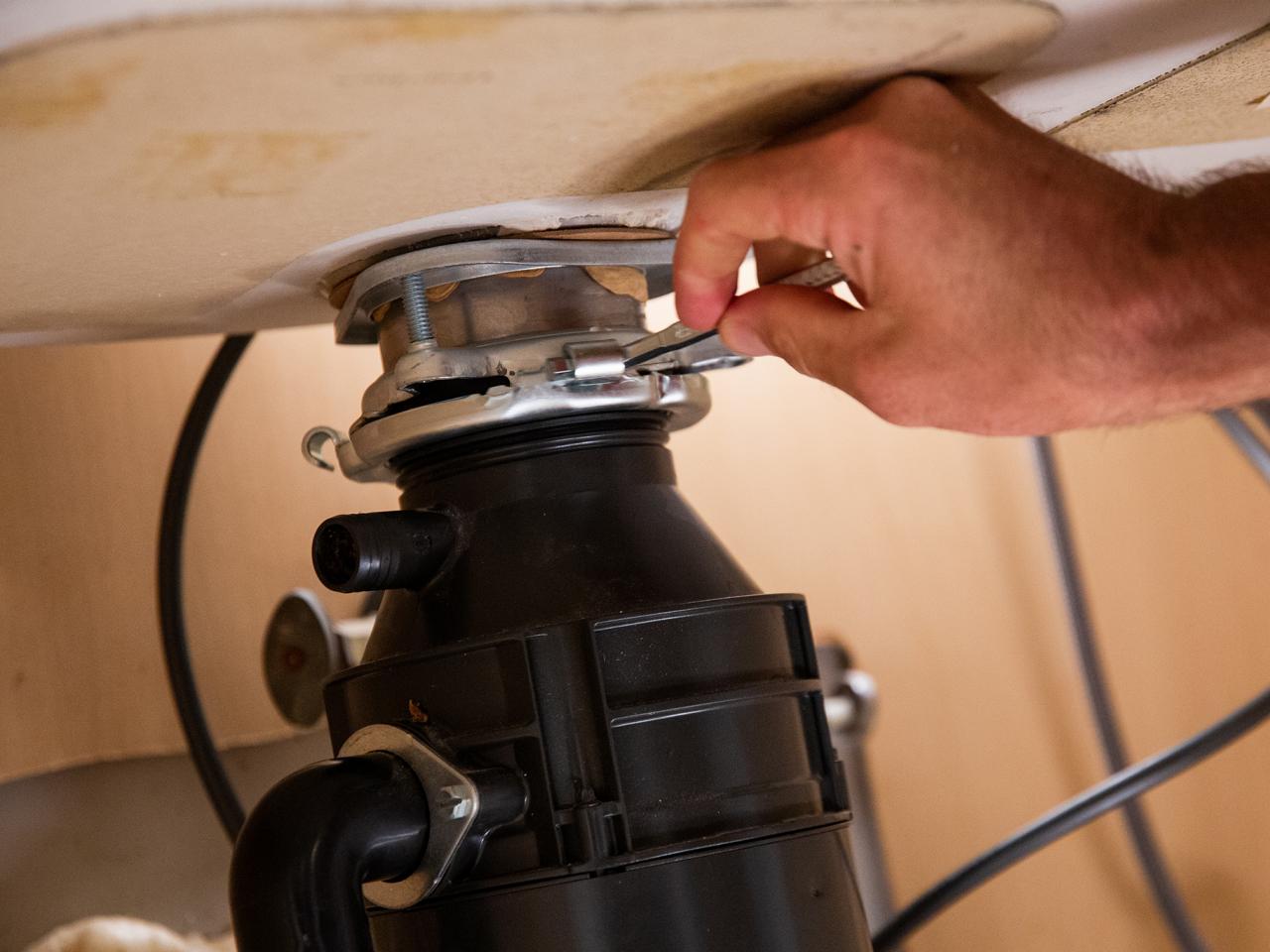
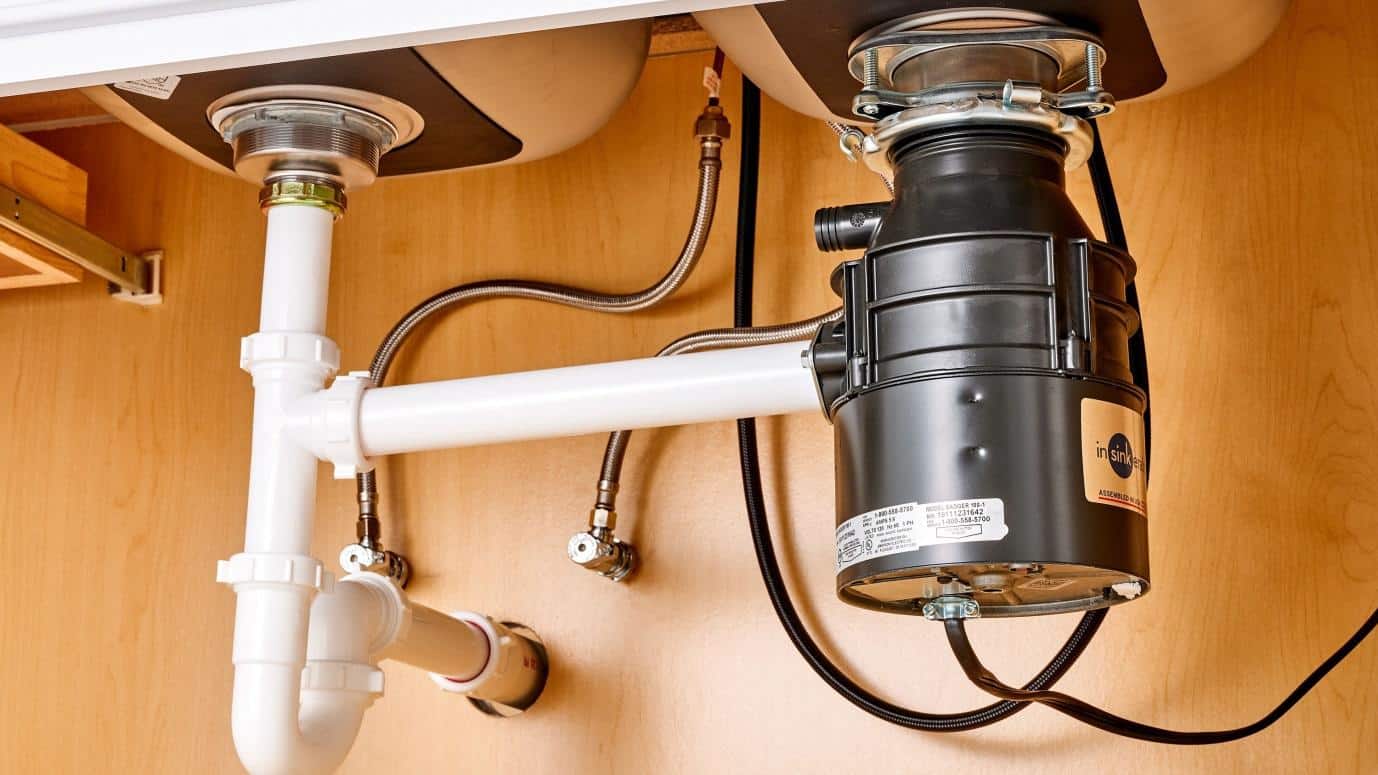
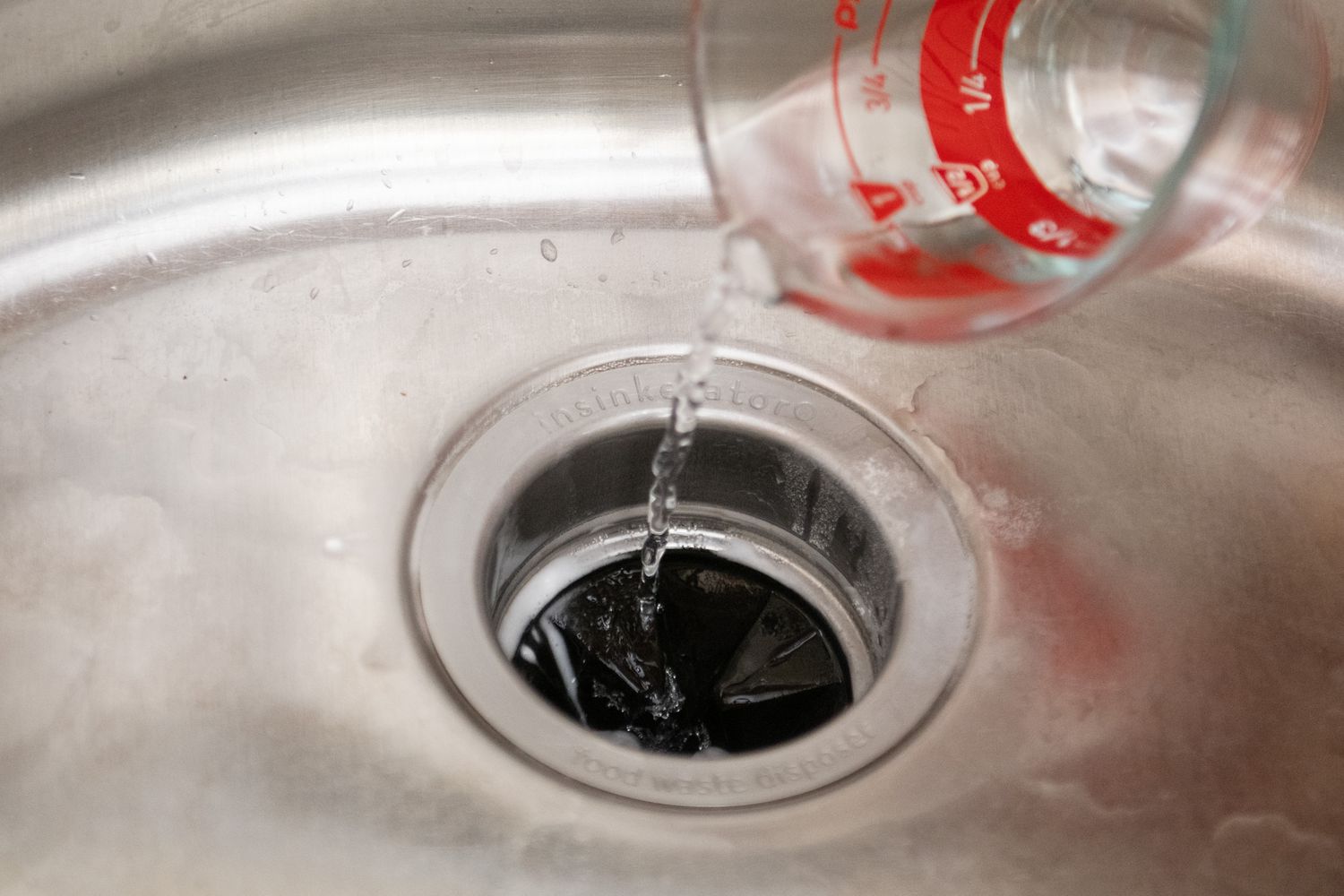

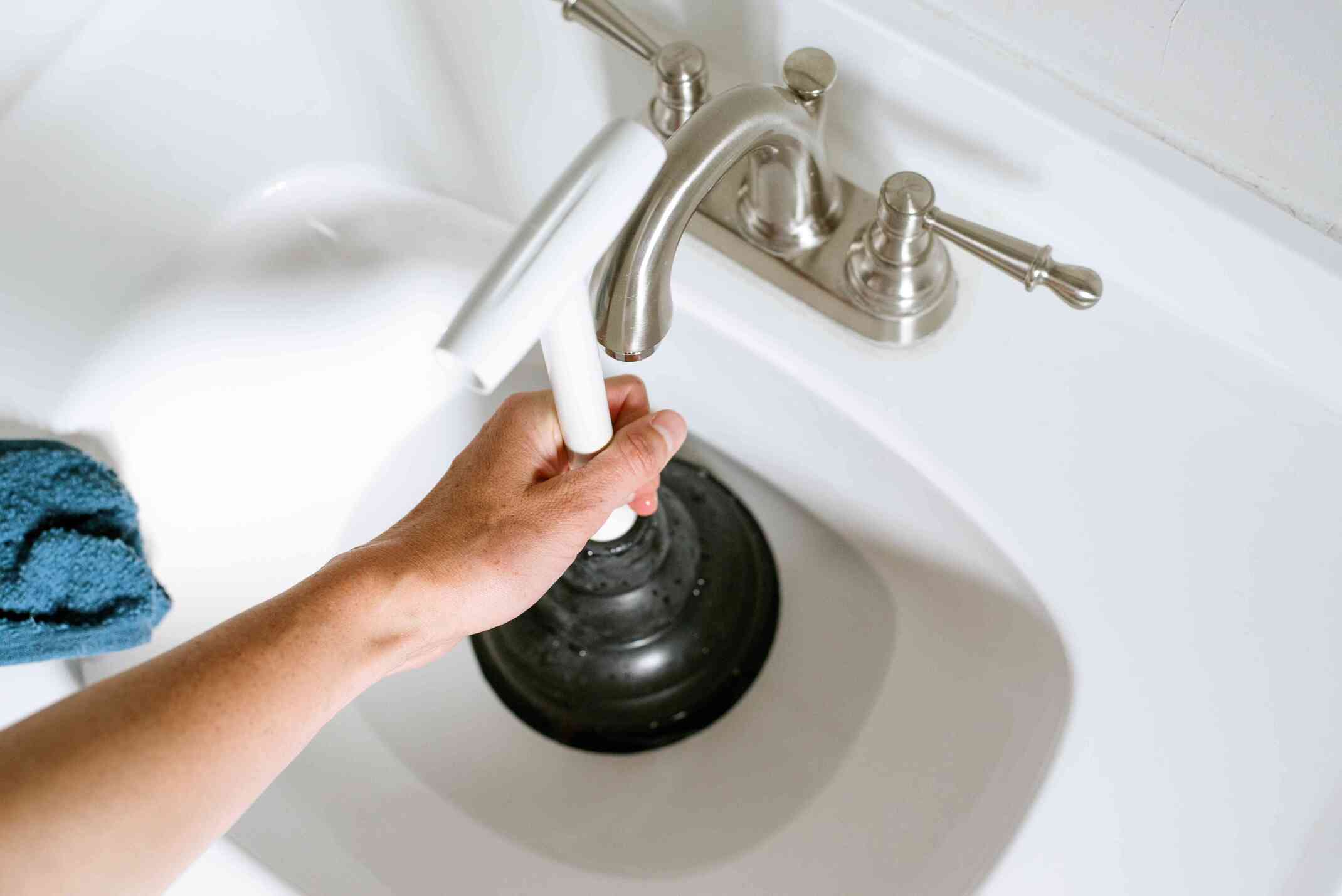
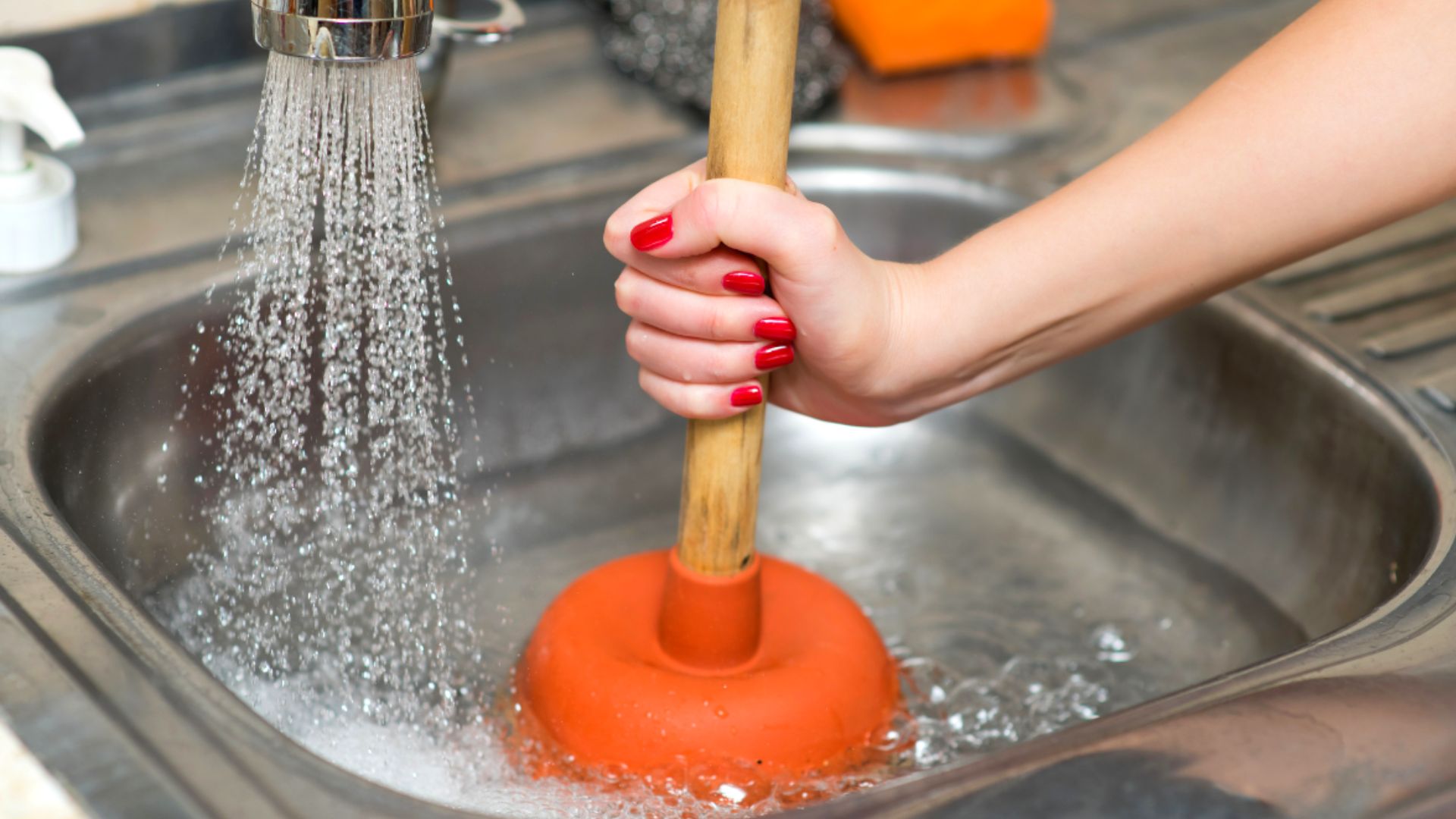
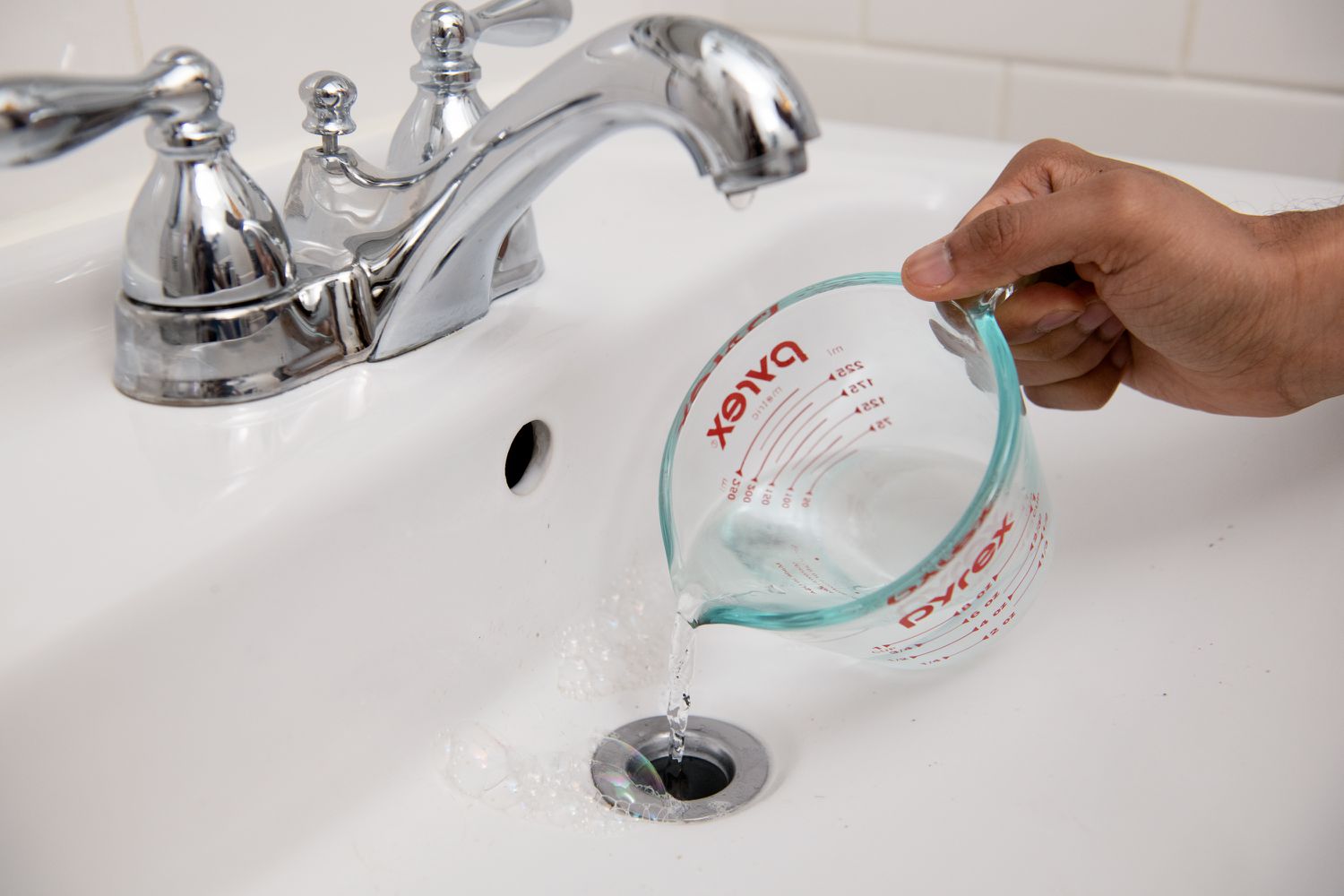
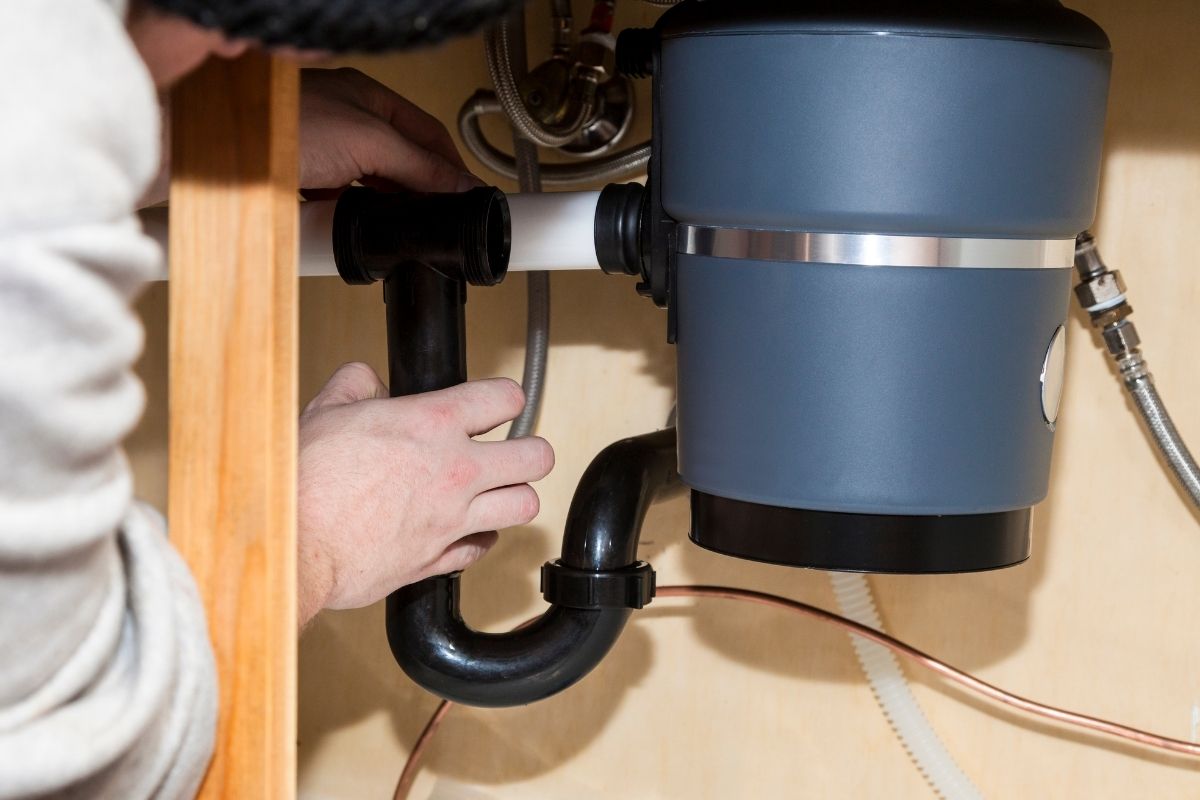
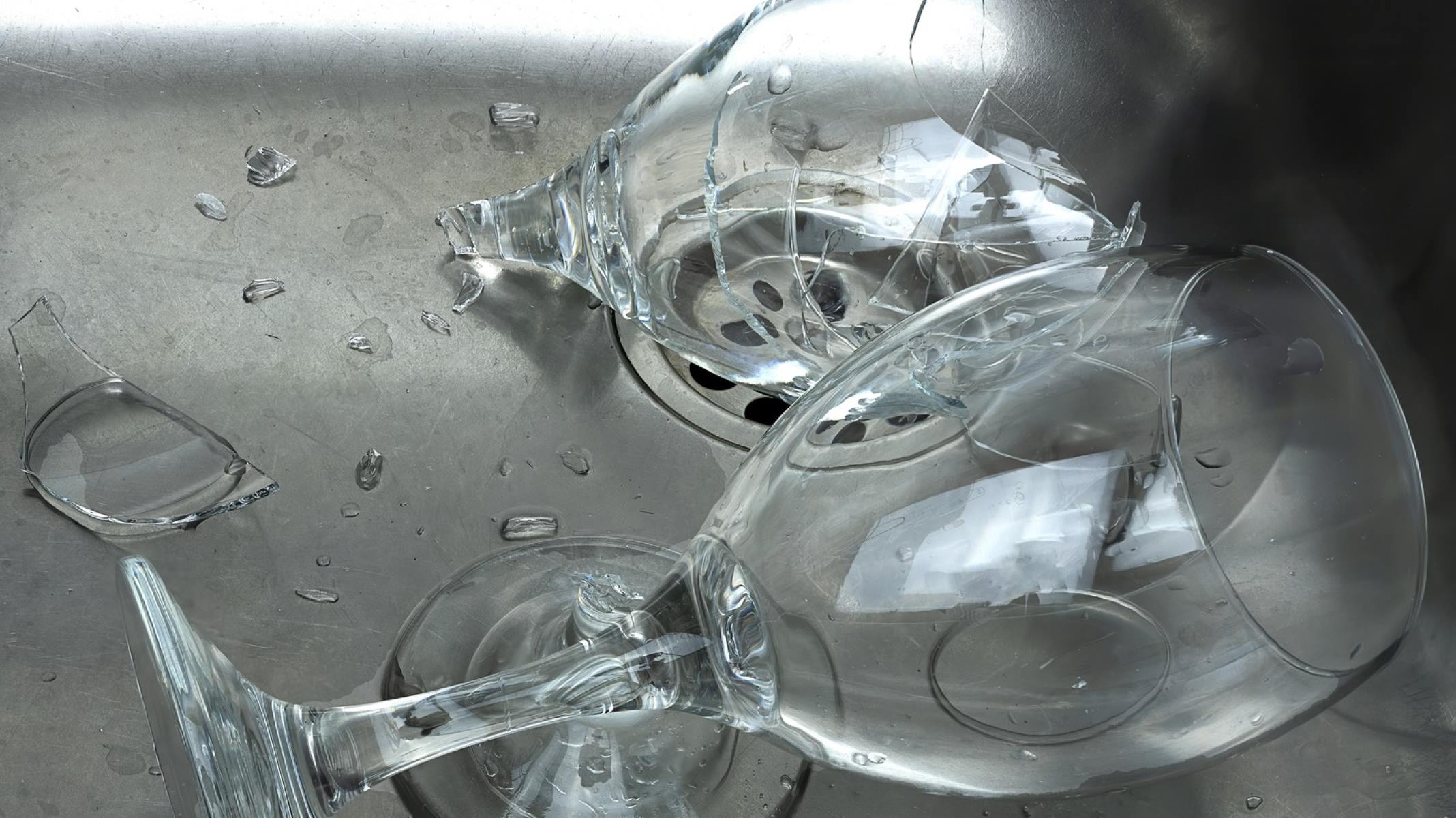
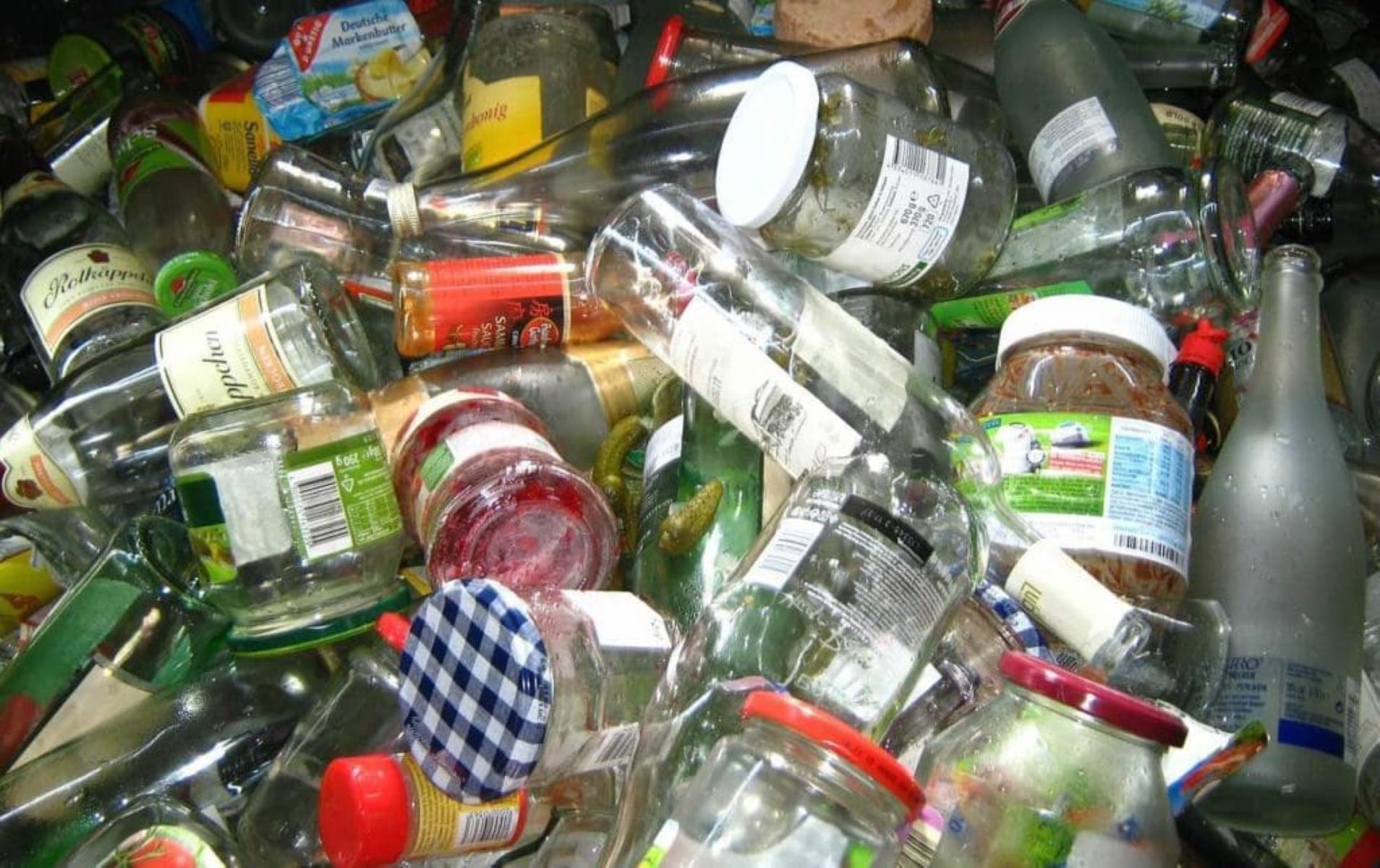
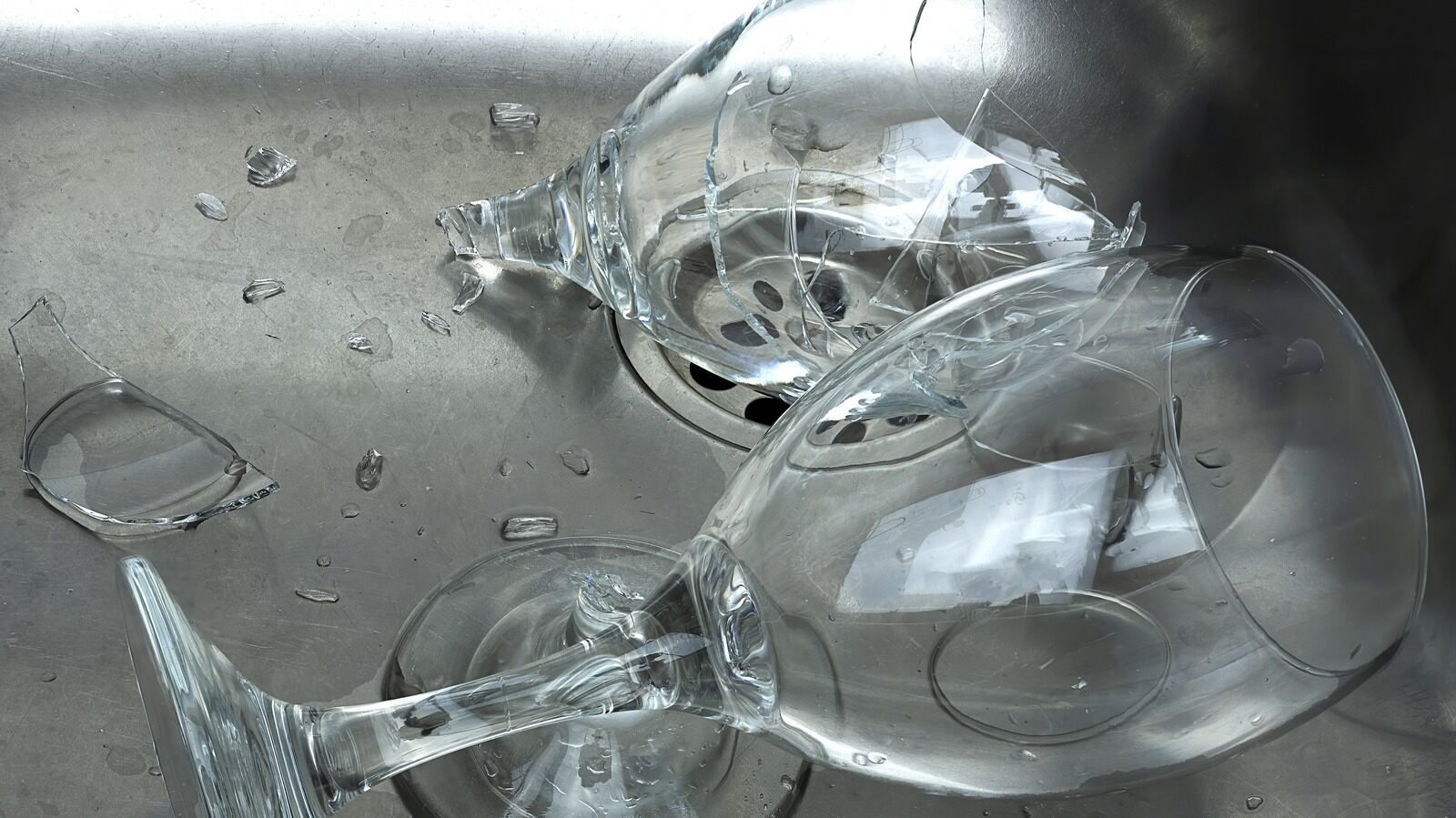
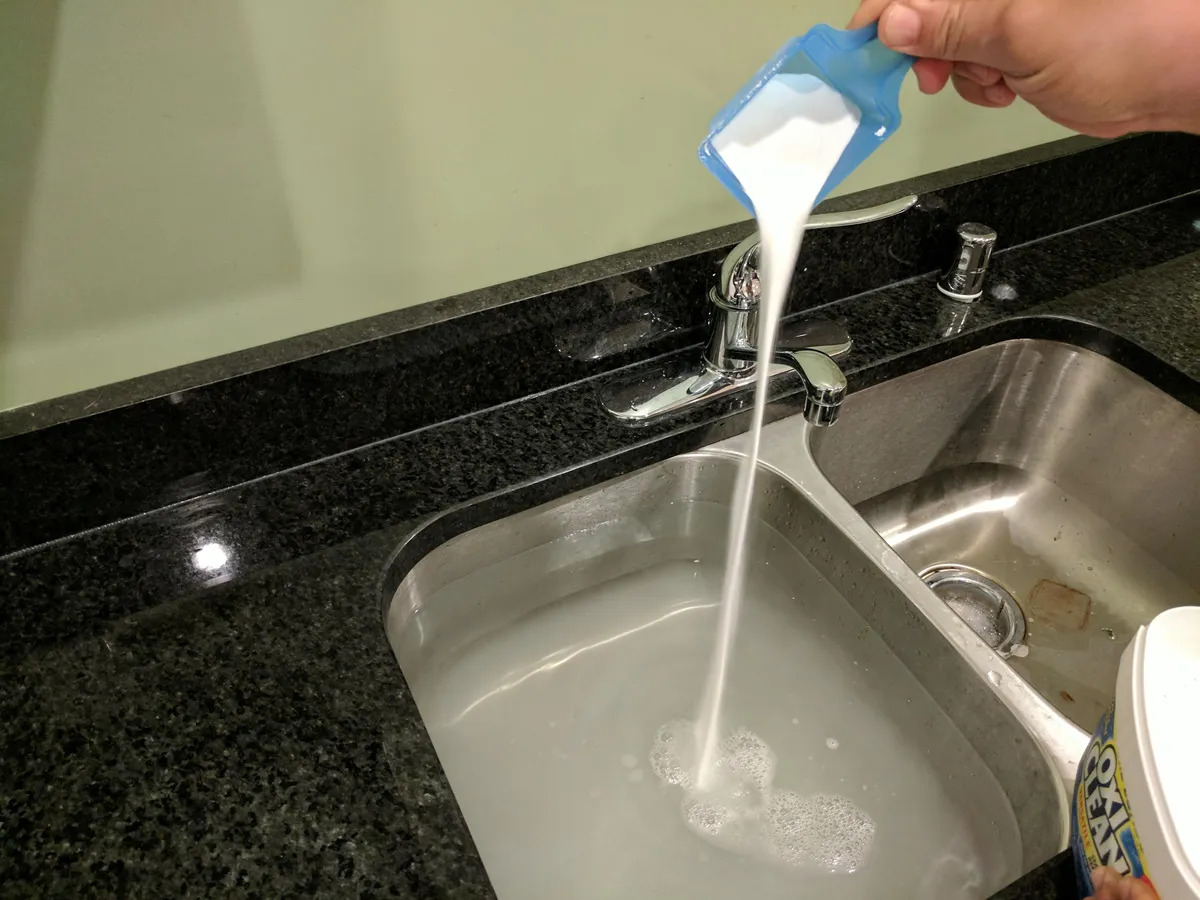
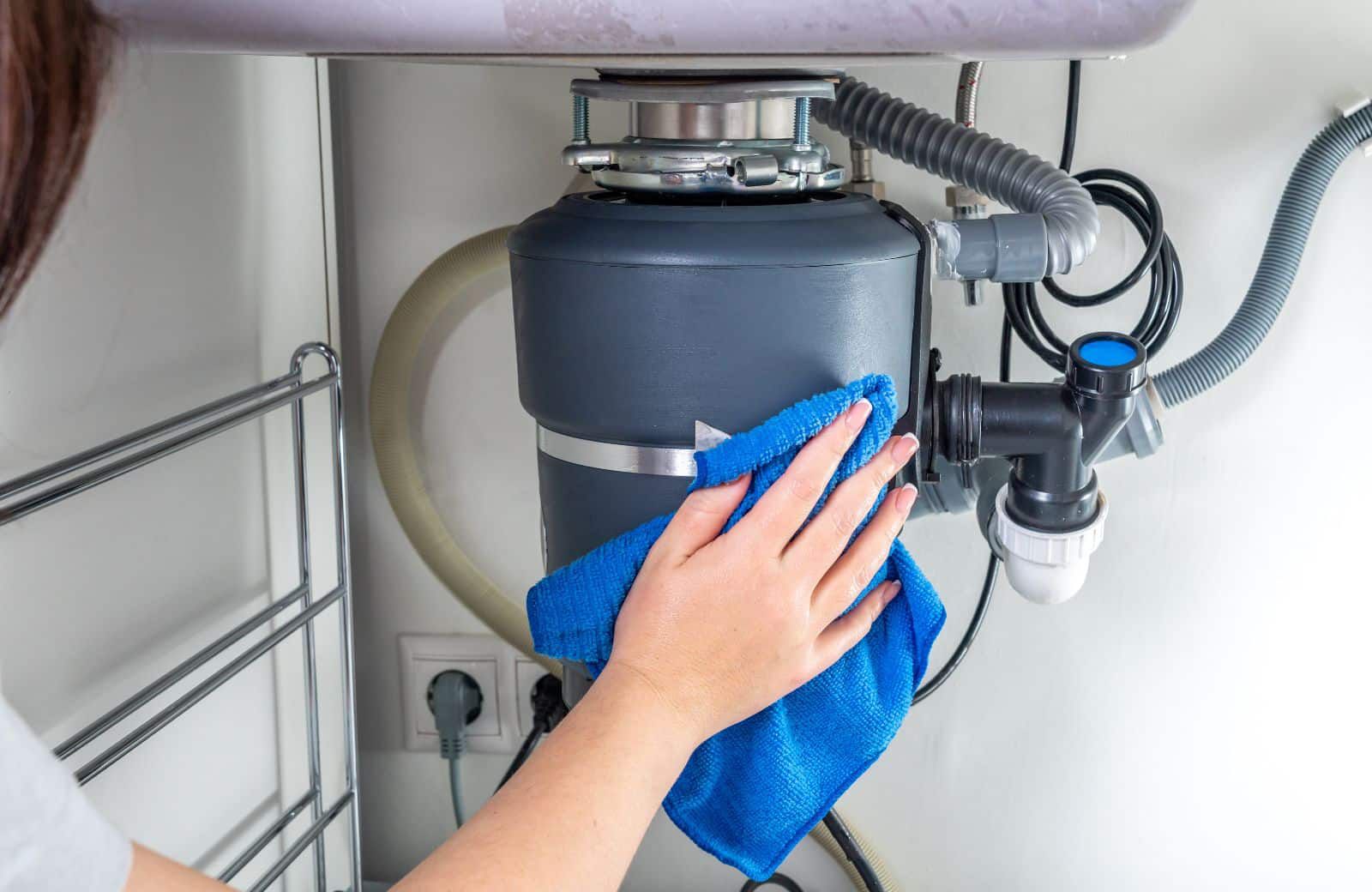

0 thoughts on “How To Unclog Garbage Disposal Sink”